Every bra has a life cycle — from the day it fits like a dream to the moment it starts to feel a little looser and less supportive. If you’ve ever wondered why your once-perfect bra loses its stretch over time, the answer lies in the science of elasticity and the way we care for our lingerie.
How Breast Weight Impacts Comfort and Health
The gentle stretch that makes your bra comfortable and supportive comes from elastic fibers — most often elastane or spandex. These fibers are designed to expand and return to their original shape with every movement, giving your bra that “just right” fit. Over time, however, those fibers begin to fatigue. Each stretch and release cycle puts a bit of stress on the material, and eventually, the bonds within the fibers start to weaken. The result? A band that feels looser, straps that don’t snap back as they used to, and cups that no longer hold the same shape.
Everyday Factors That Speed Up Wear
Several everyday habits can accelerate this natural process. Heat from hot water or dryers causes elastic fibers to relax permanently, making the fabric lose tension faster. Moisture and body oils from daily wear also contribute, slowly breaking down the elastic blends that keep your bra flexible. Harsh detergents, bleach, and fabric softeners can damage the fine structure of elastane, leaving the material brittle and weak. Even repeated pulling, twisting, or folding adds mechanical stress that deforms the knit structure. On top of that, sunlight and air exposure can lead to fading, stiffness, and further fiber degradation over time.
How to Keep the Stretch Longer
With the right care, you can extend the lifespan of your bras and maintain that comfortable stretch much longer. Always wash your bras in cold water using a mild detergent, and whenever possible, hand-wash them instead of tossing them into the machine. If you do use a washer, place them in a mesh laundry bag and choose a gentle cycle to reduce stress on the fabric.
After washing, avoid the dryer entirely — heat is one of the main enemies of elastic fibers. Let your bras air dry flat or hang them in a shaded area away from direct sunlight. It’s also a good idea to rotate your bras, giving each one a day or two to rest between wears so the elastic fibers can naturally recover their shape. Finally, store them carefully by stacking bras with cups facing the same direction, avoiding folds or twists that can distort their structure. By taking these small steps, you can help your bras maintain their fit, stretch, and support for far longer than you might expect.
When It’s Time to Say Goodbye
Even with the best care, no bra lasts forever. On average, a well-made bra stays in good shape for about six to twelve months of regular wear. When you start to notice the band riding up, straps slipping off, or cups losing form, it’s likely time for a replacement.
Related Questions
Average Bra Size for Your Age?
How Often Should You Change Your Bra?
How to Make a Sticky Bra Sticky Again?
How Often Should You Wash Your Bra?
What Color Bra to Wear Under White Shirt?
Why Do My Boobs Hurt During Ovulation?
What Bra to Wear with Backless Dresses and Tops?
Why Have My Boobs Gotten Smaller?
Why Do Sports Bras Feel Tight?
Is It Better to Wear a Bra All the Time?
How Can I Make My Bras Last Longer?
Can You Breastfeed with a Boob Job?
Is It Normal for Boobs to Be Different Sizes?


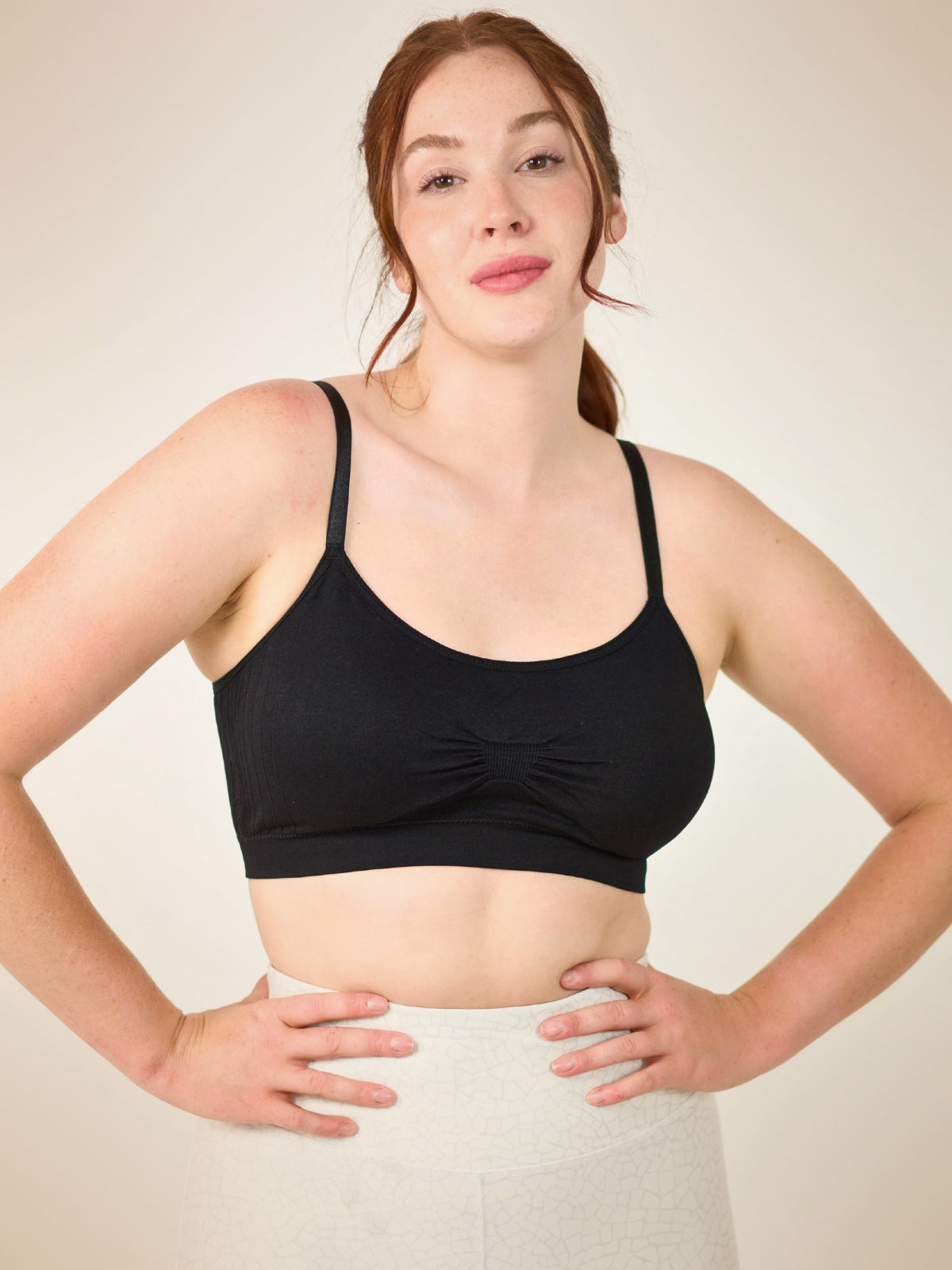
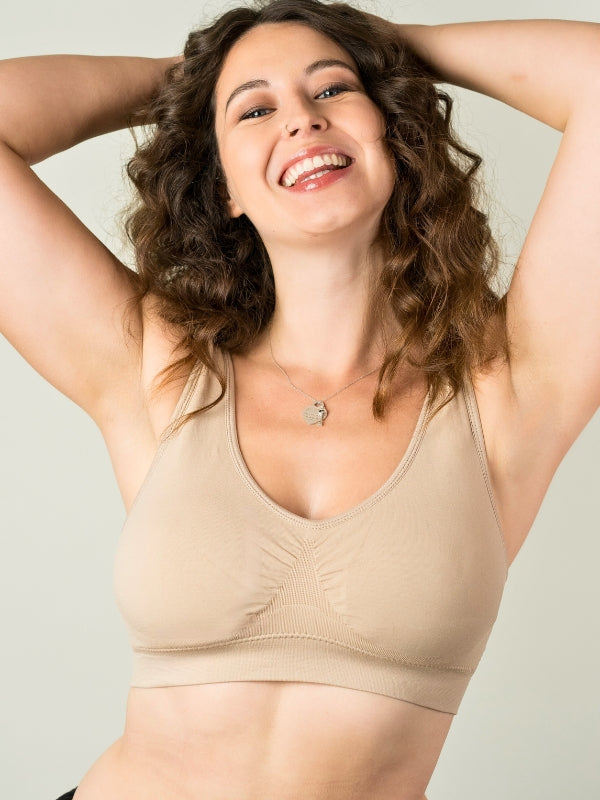
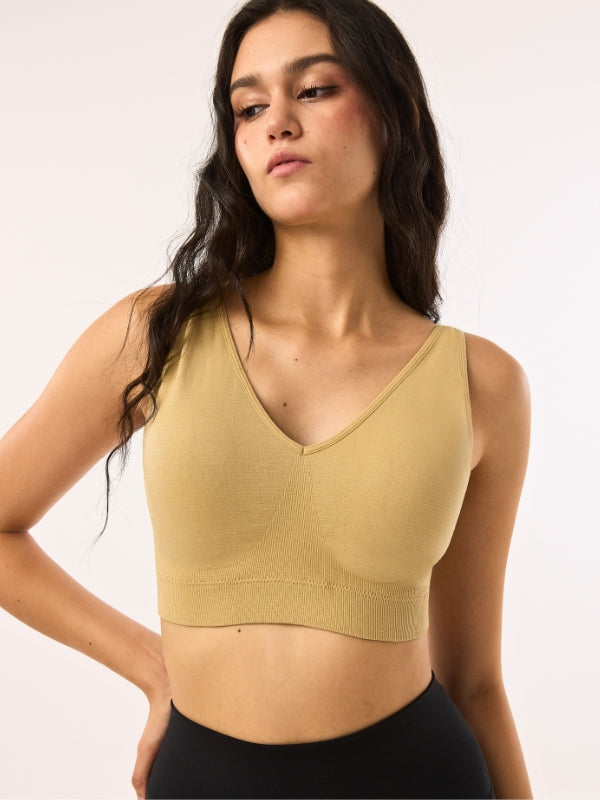
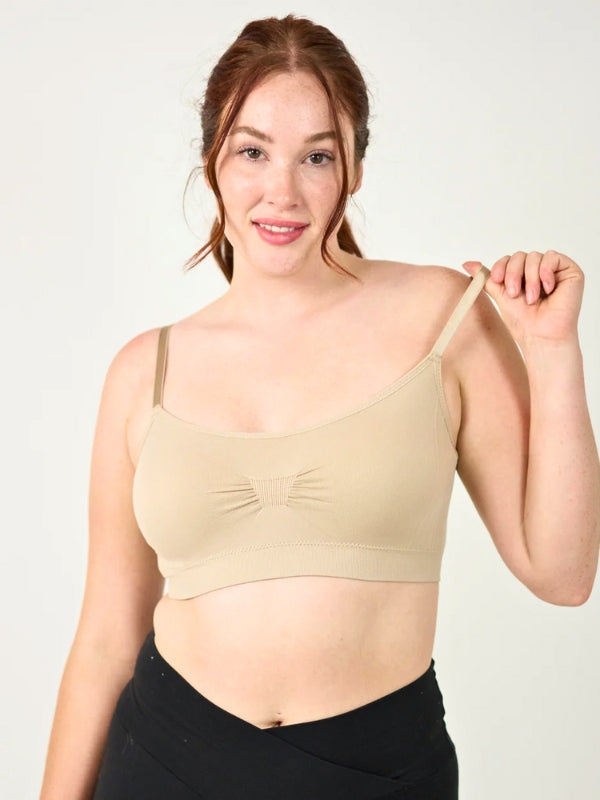

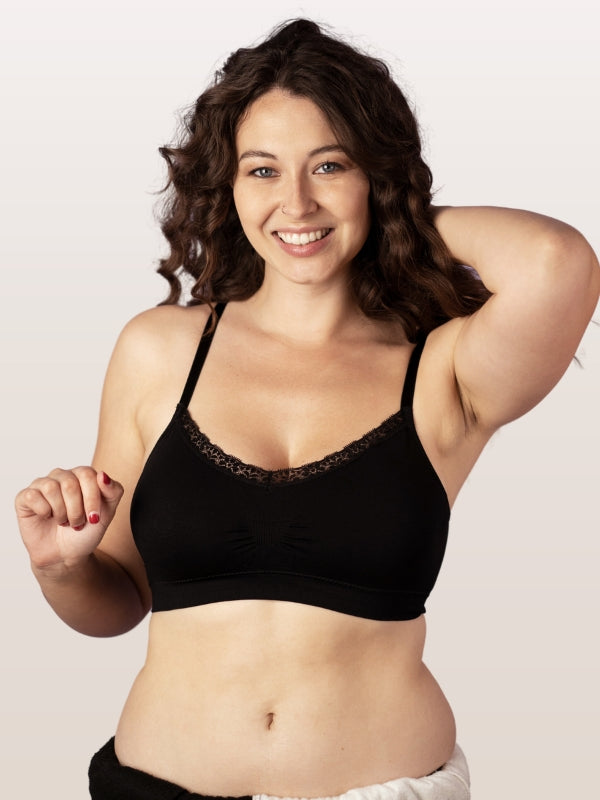
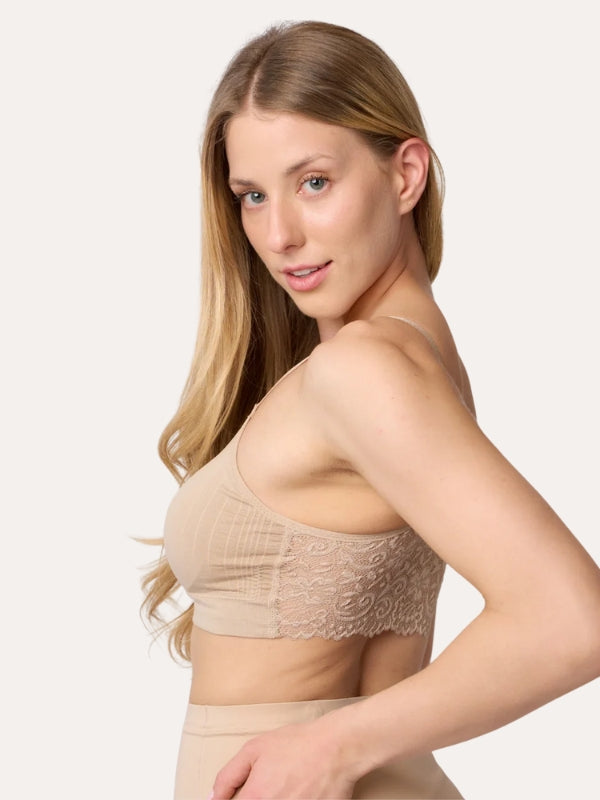
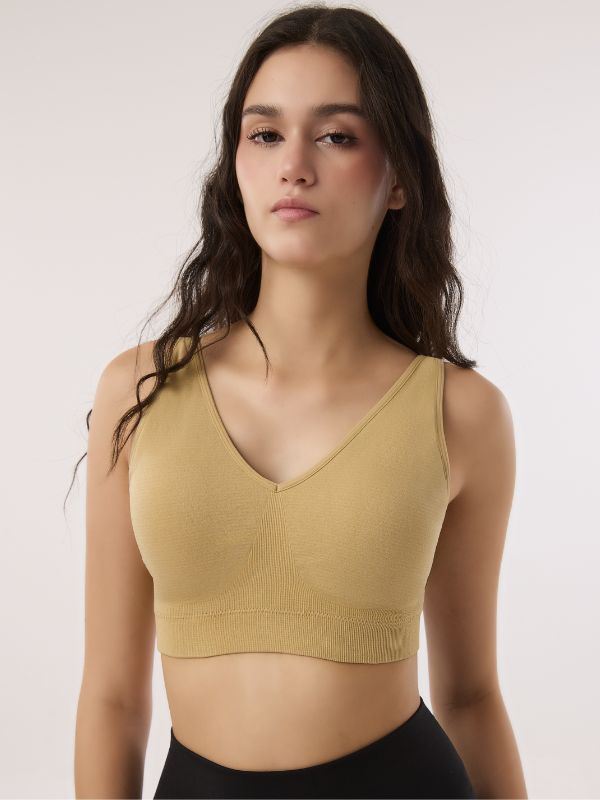
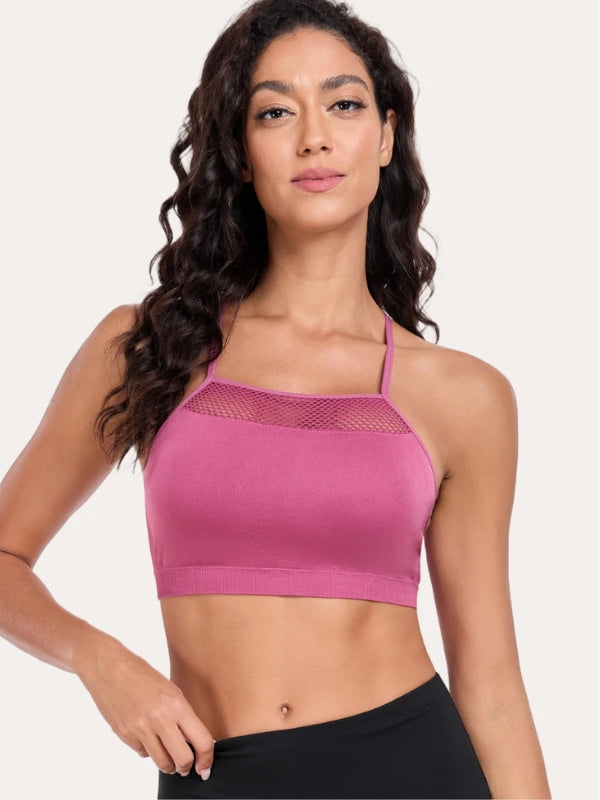
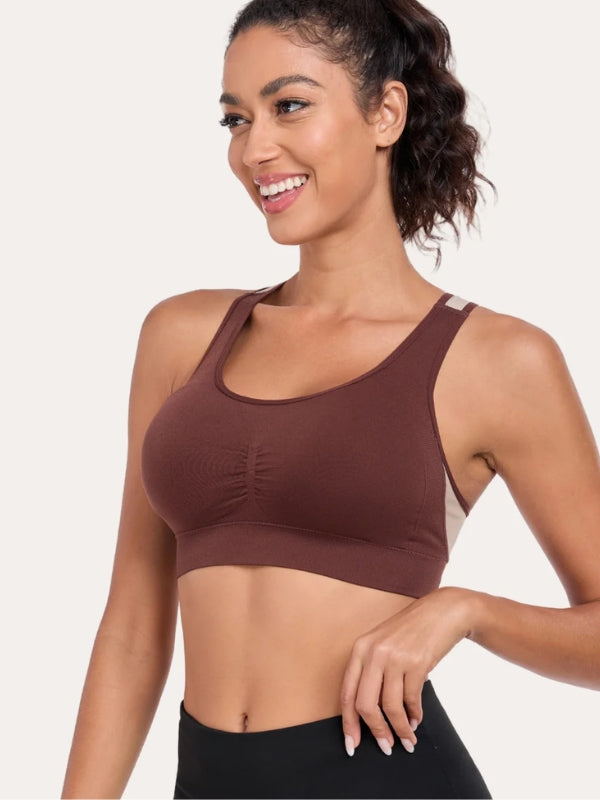
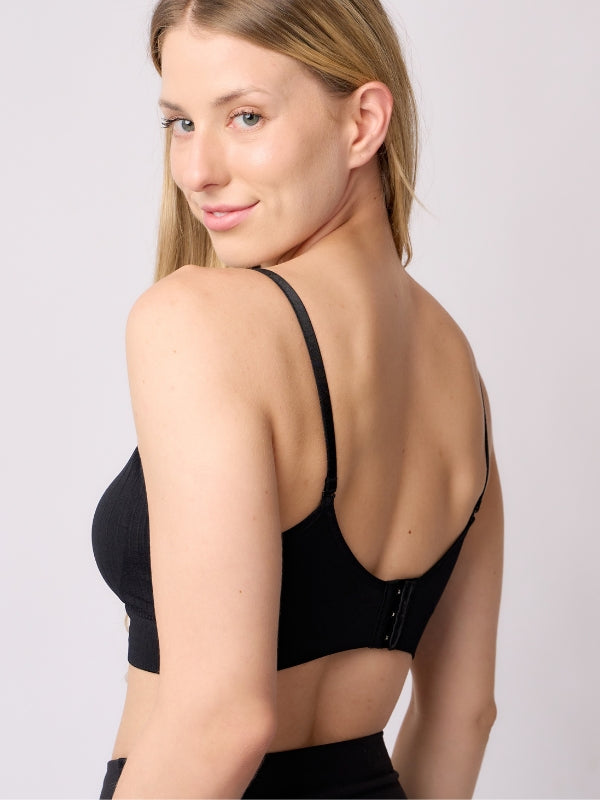
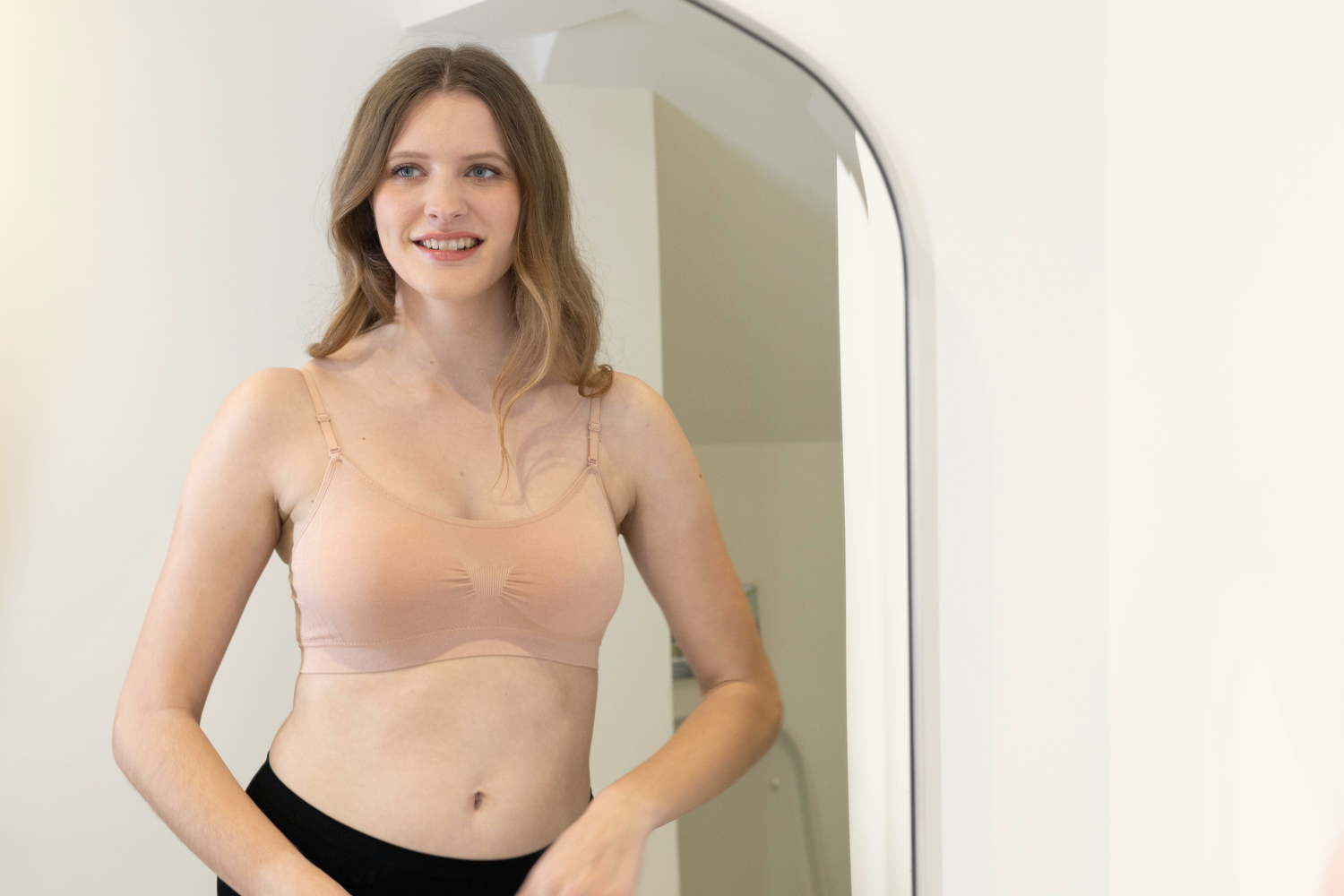



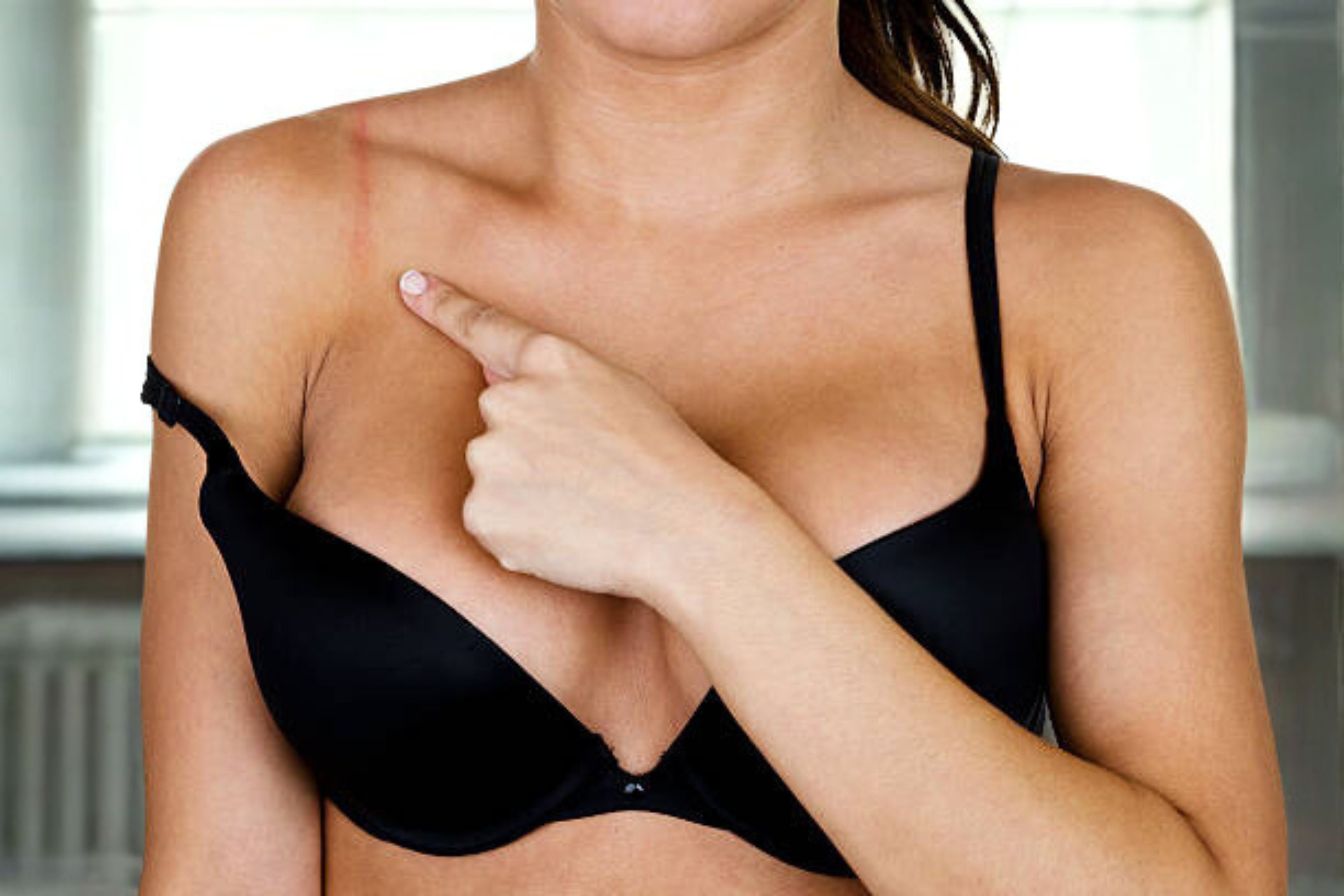
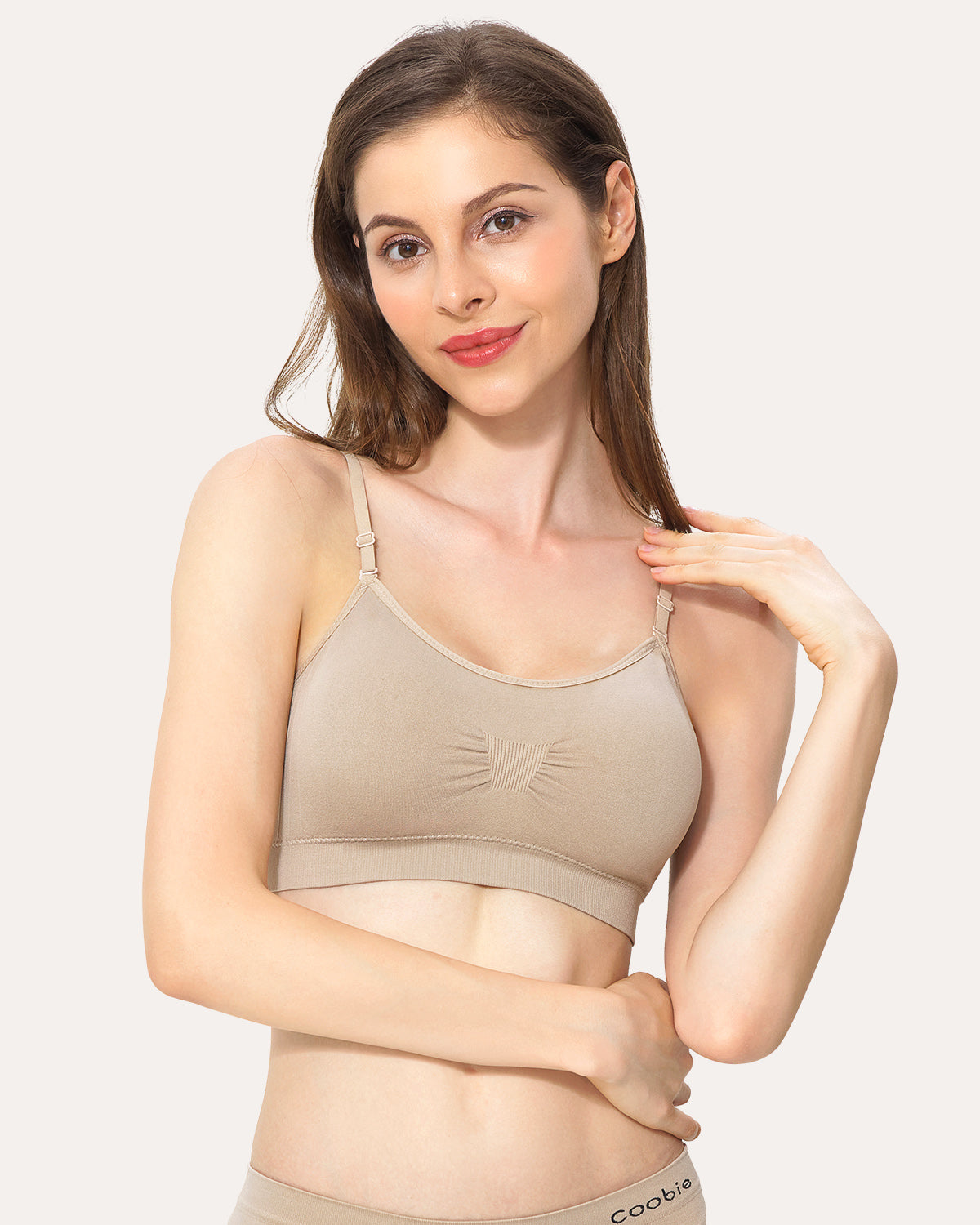
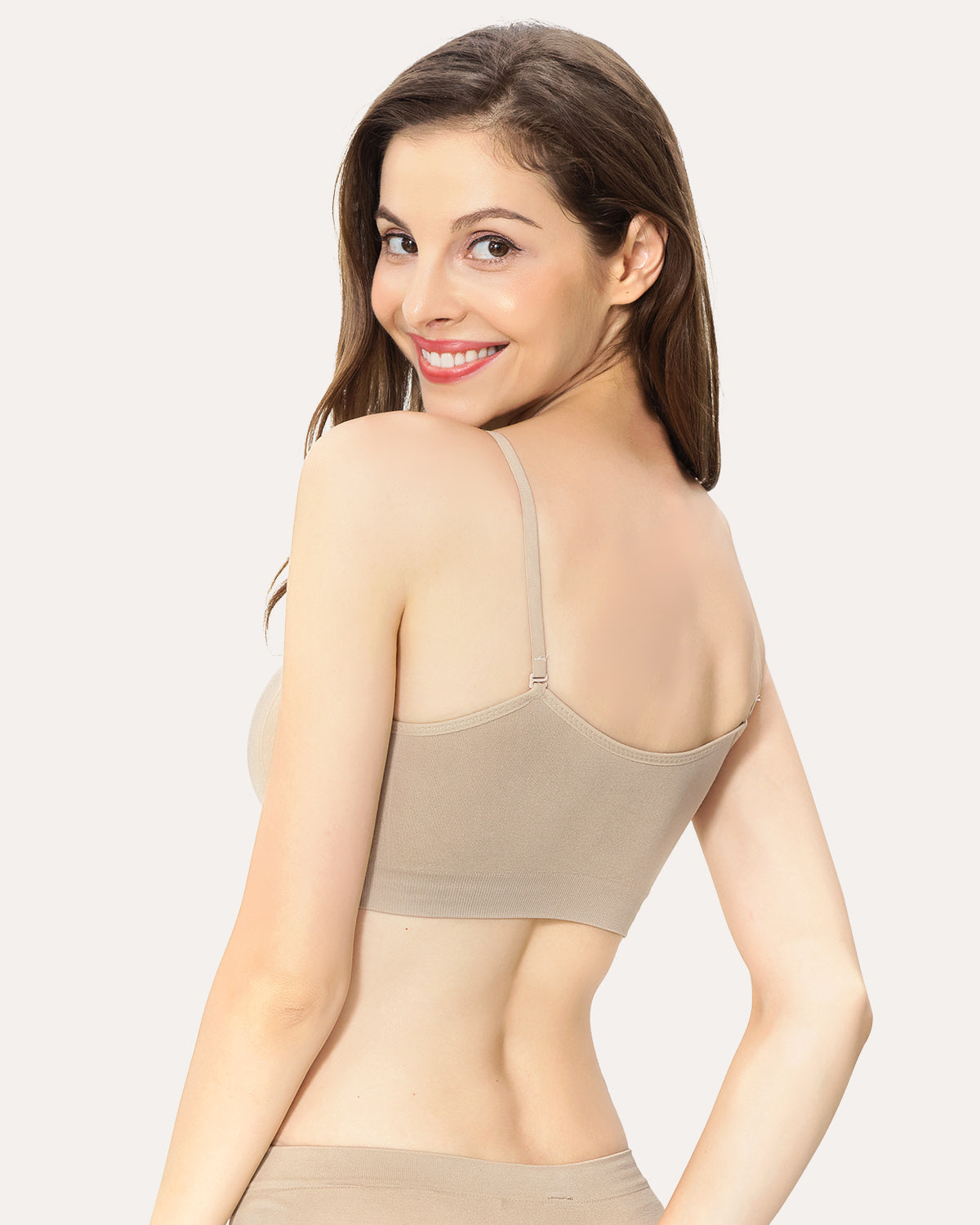
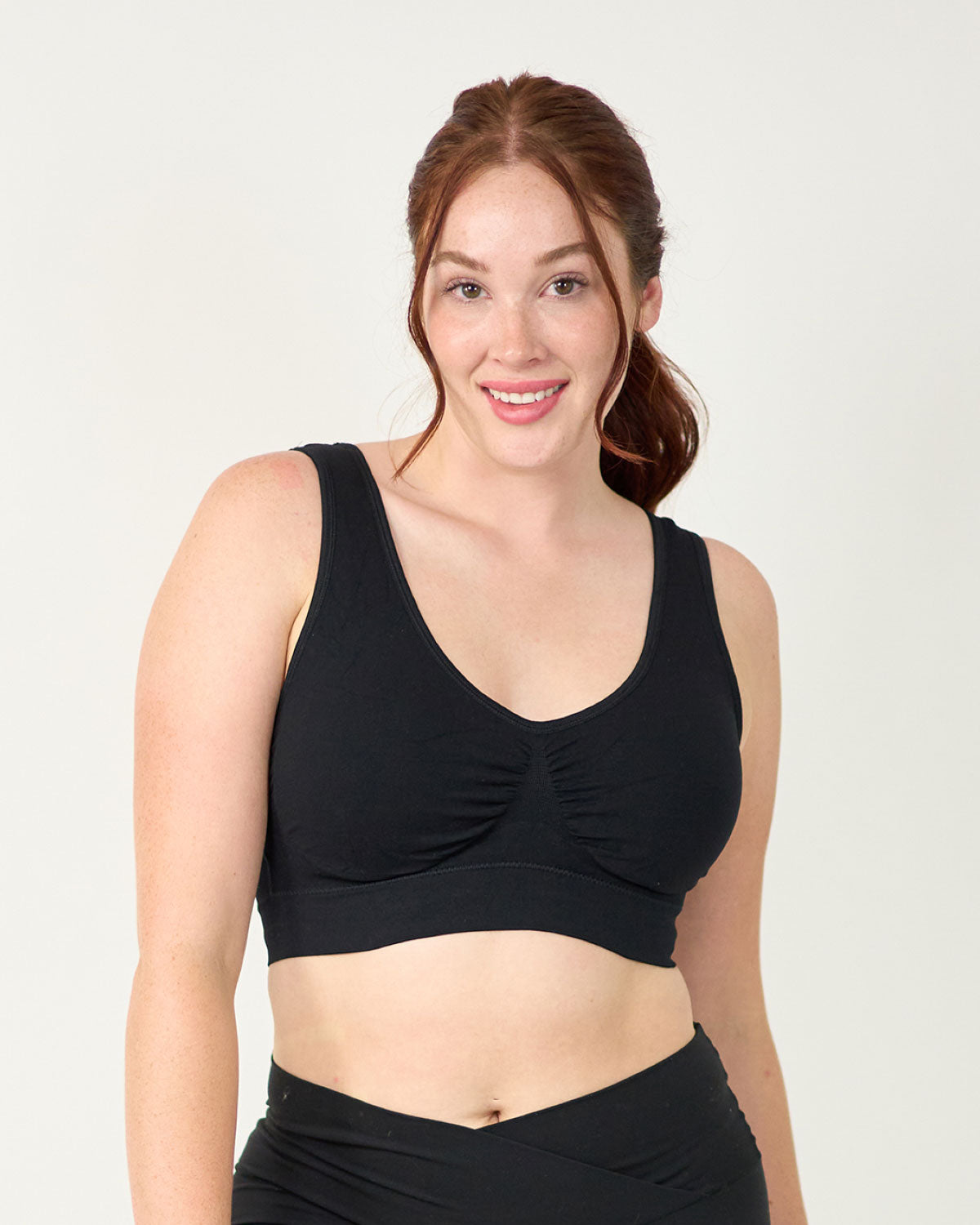
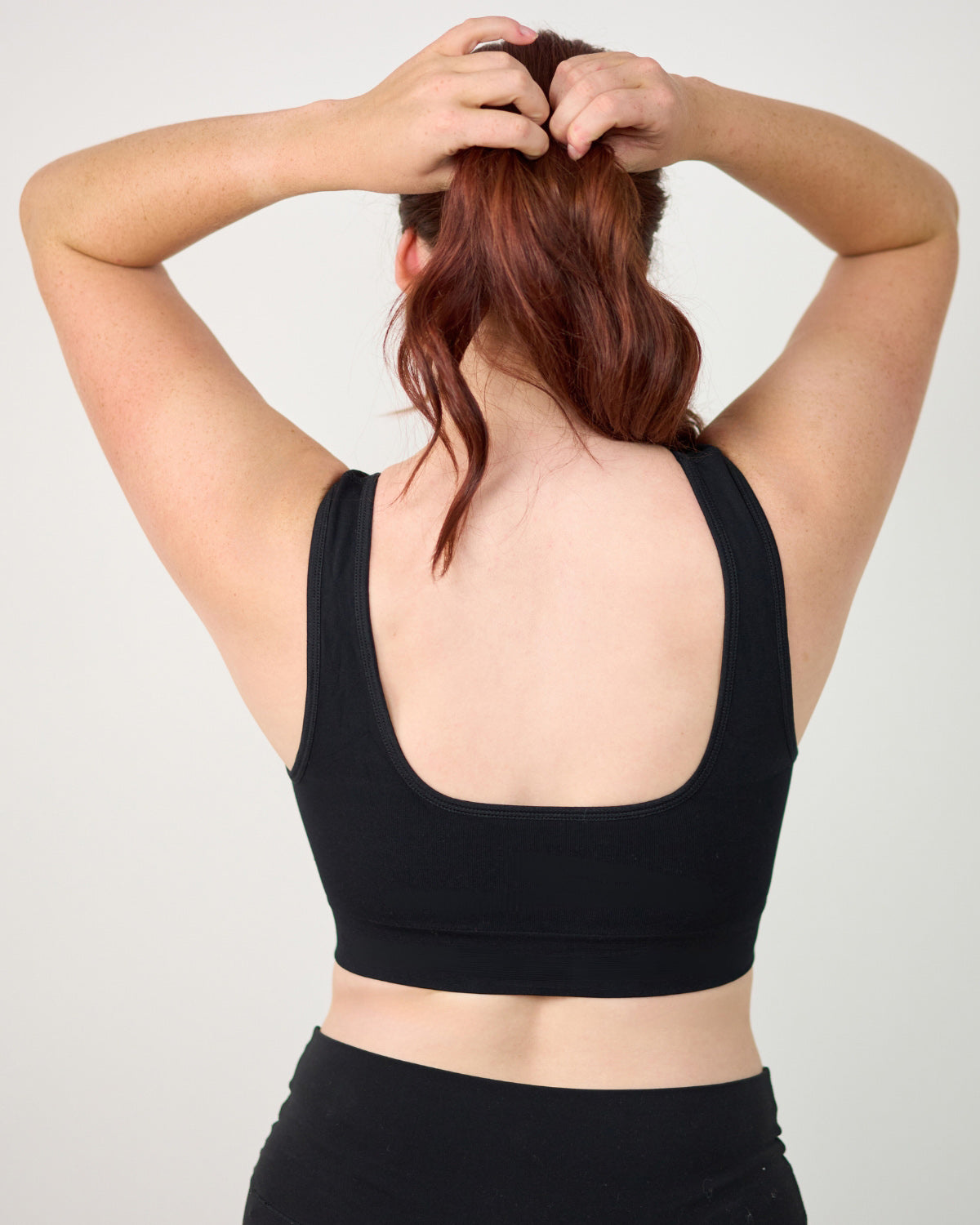
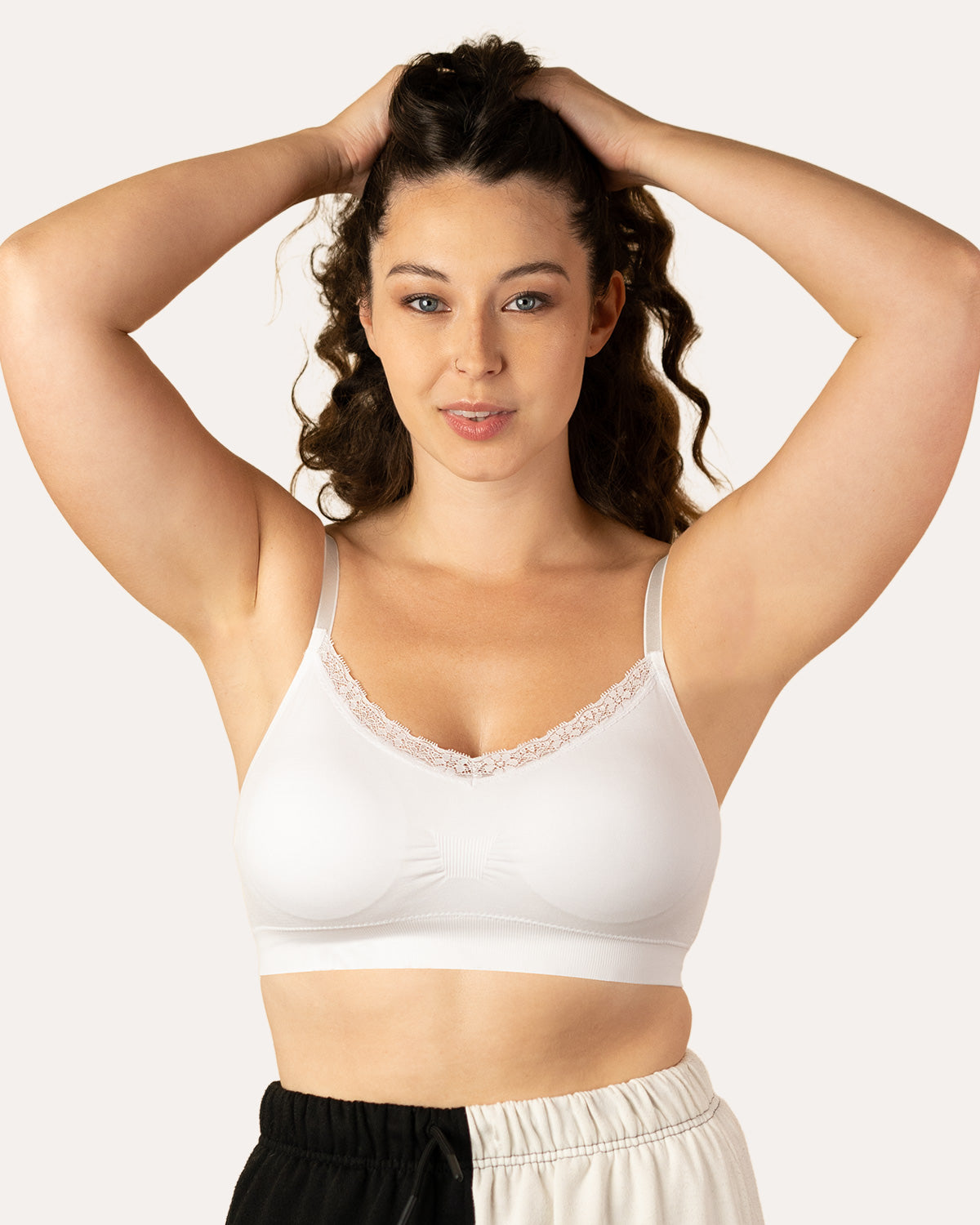
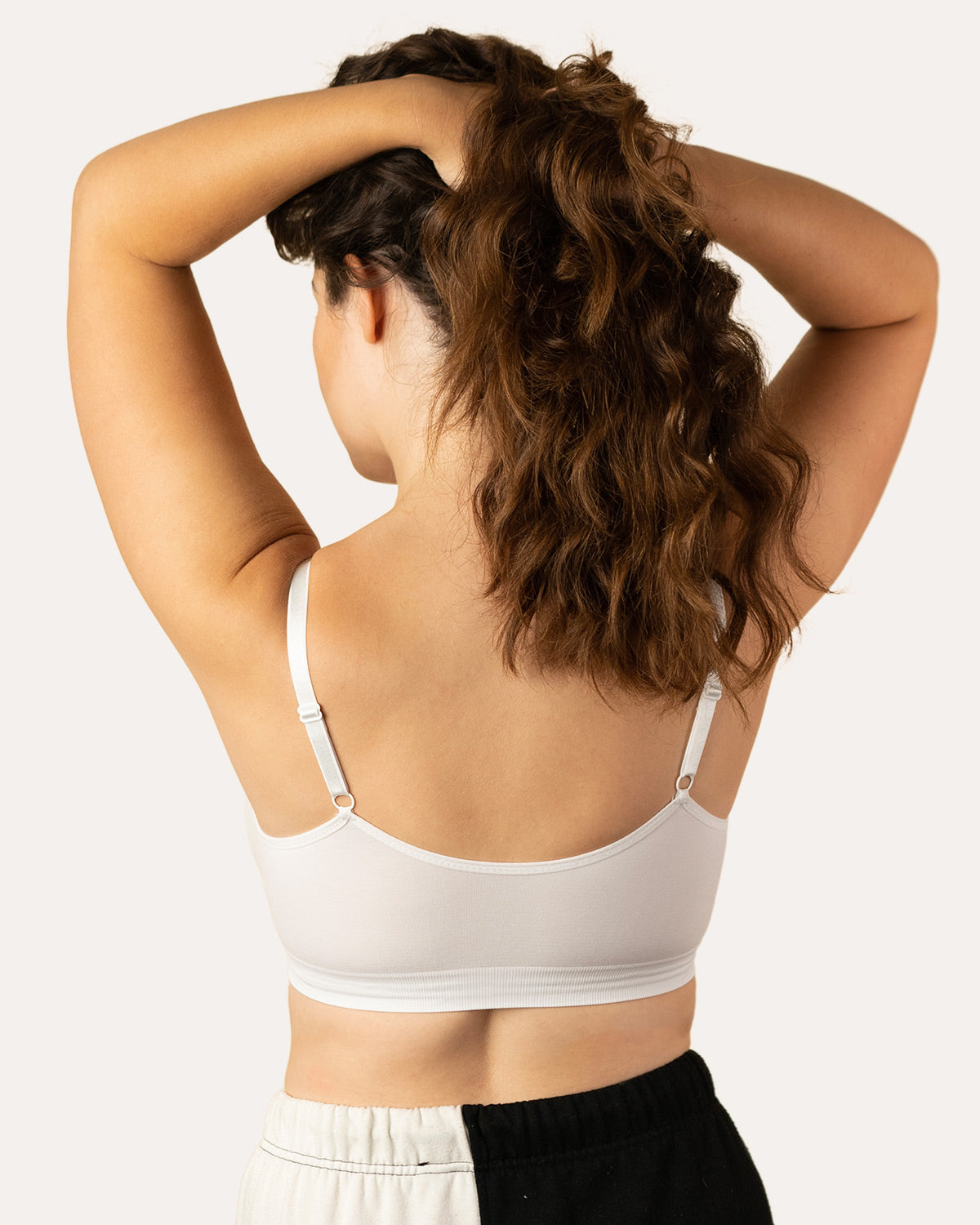
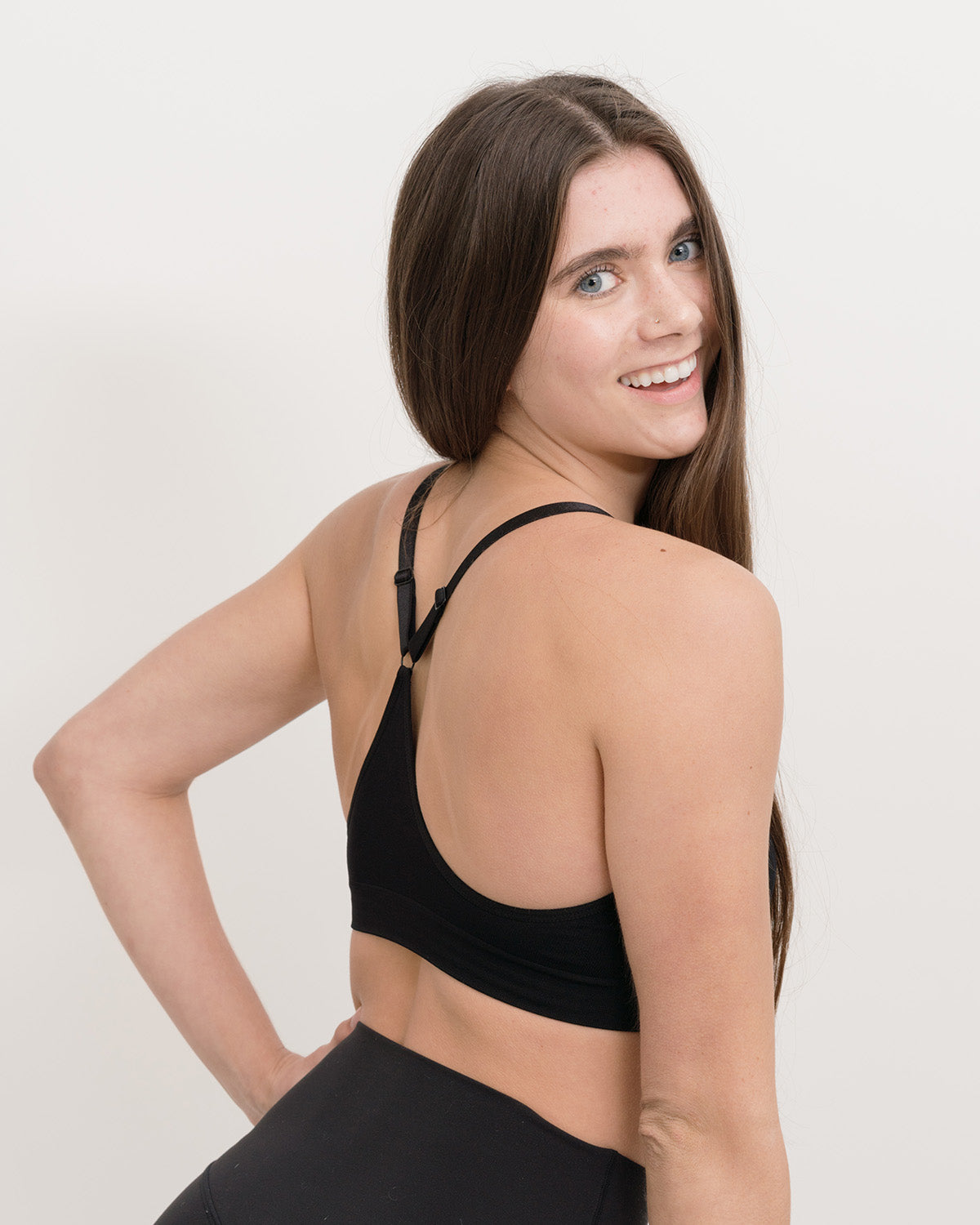
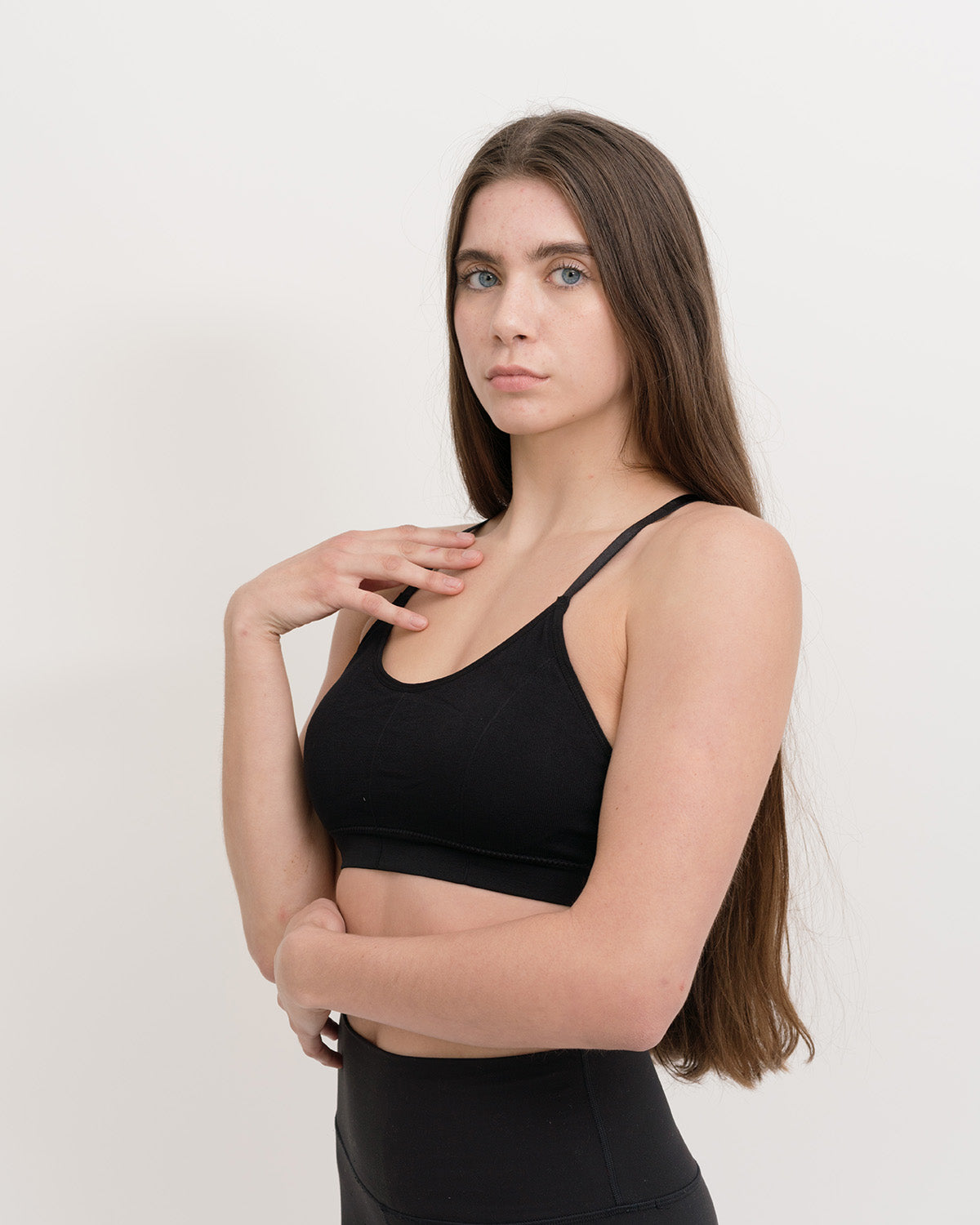
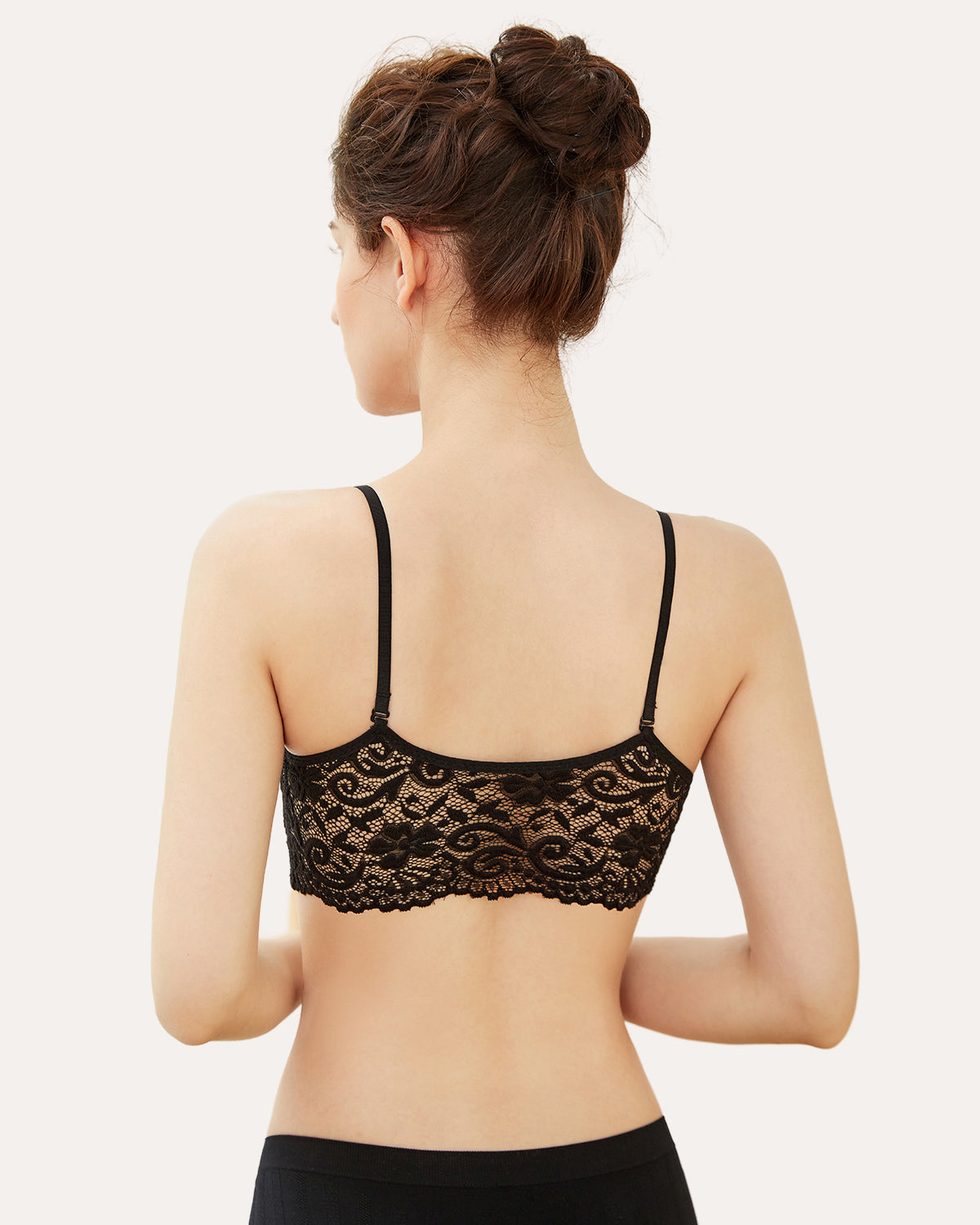
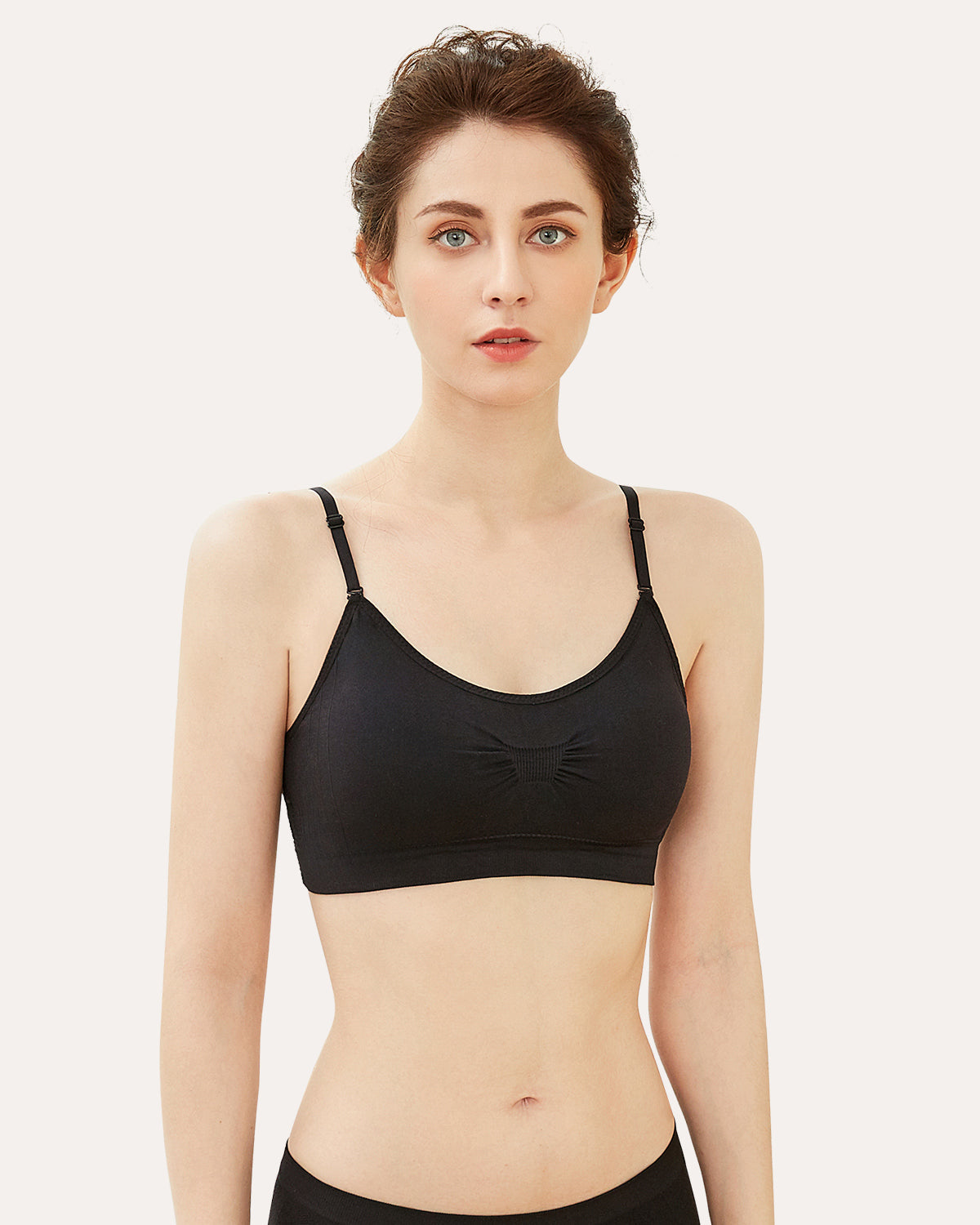
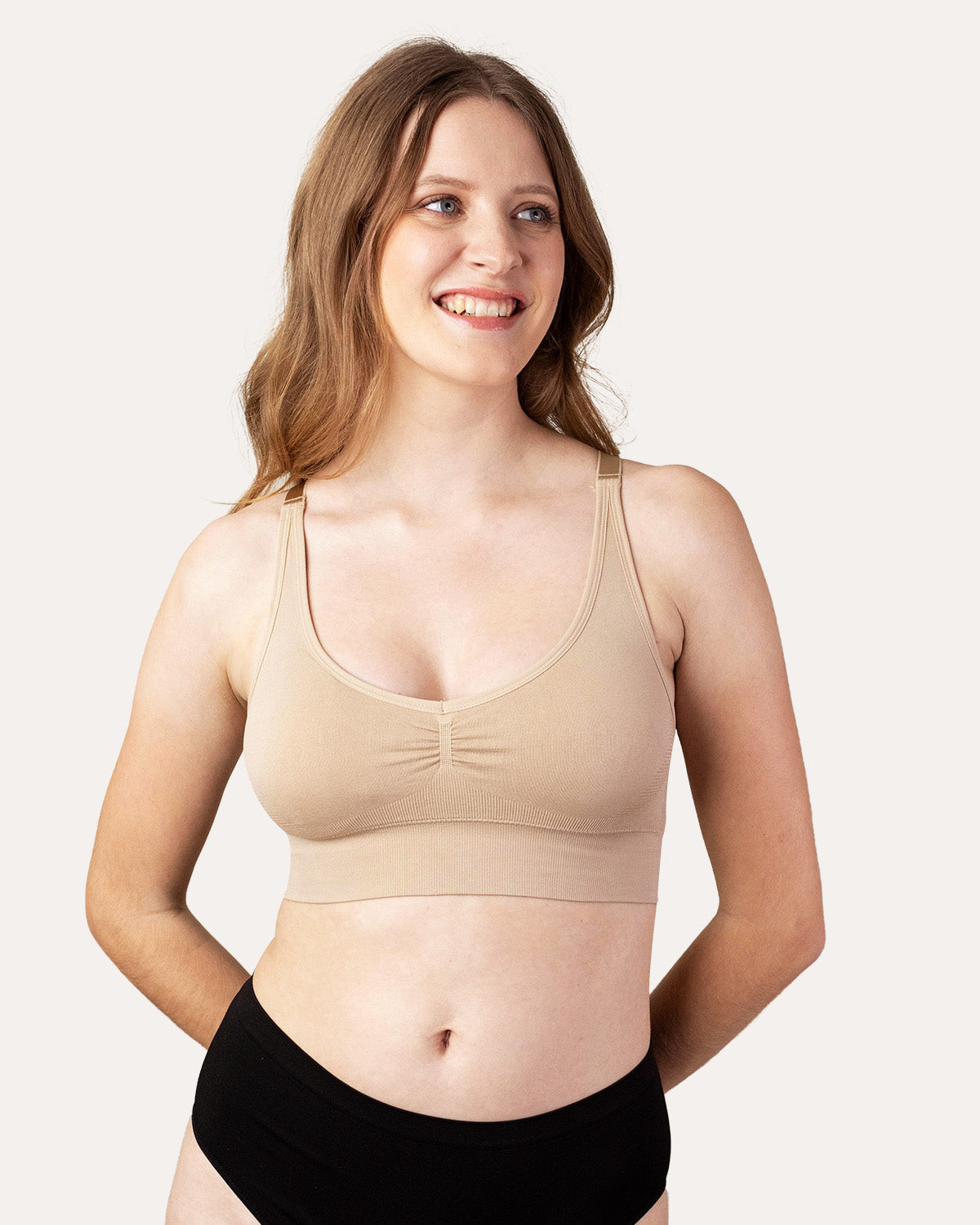
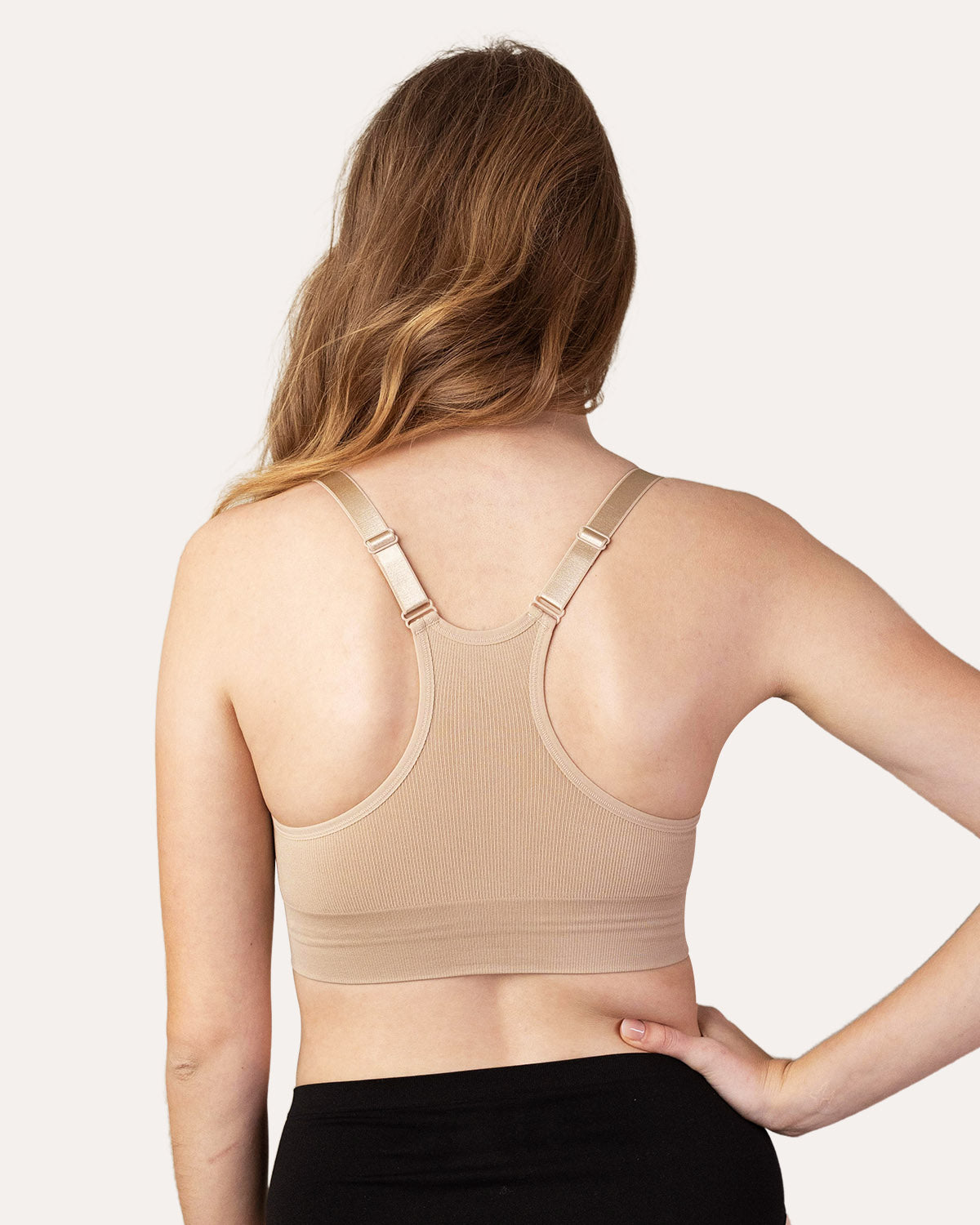
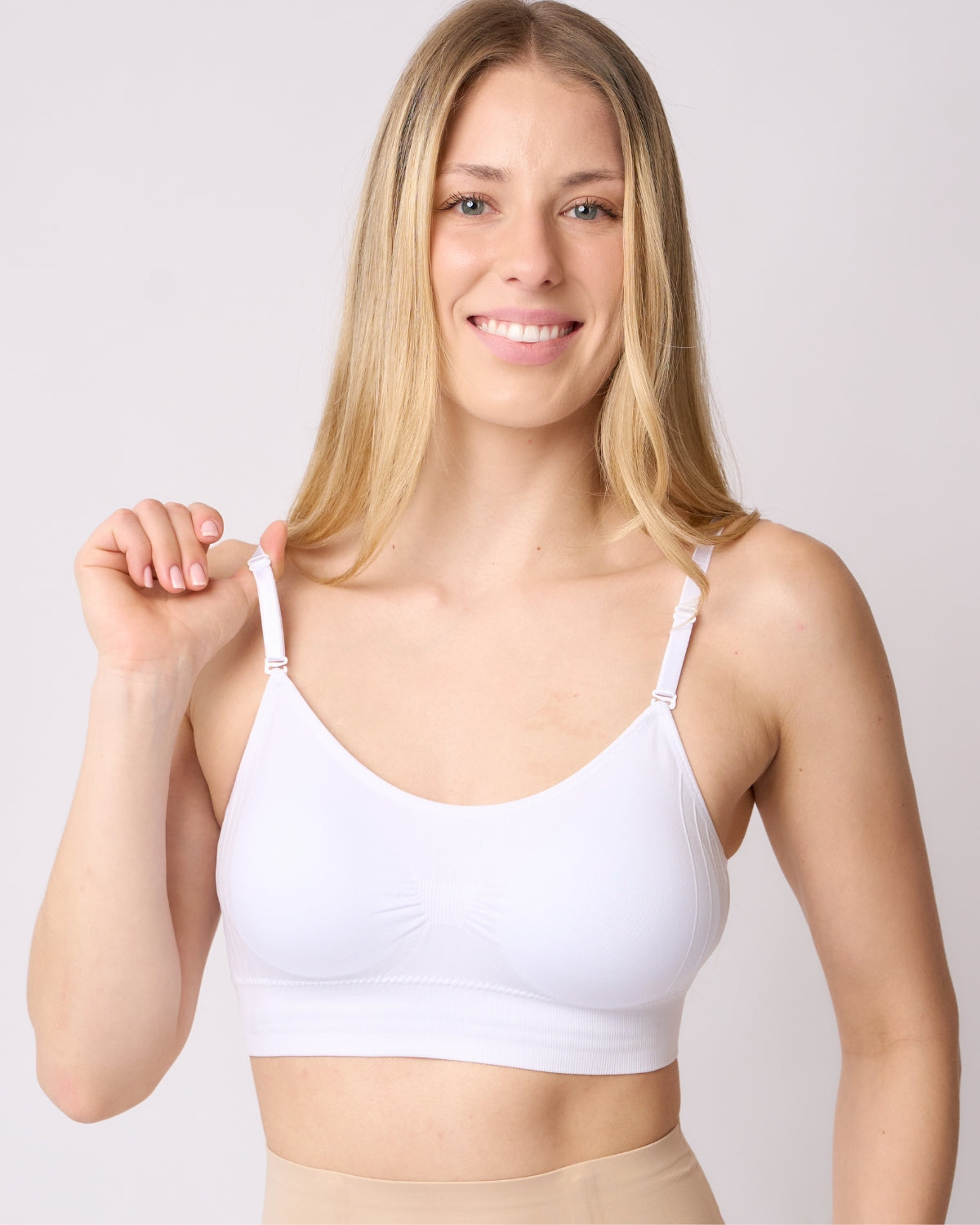
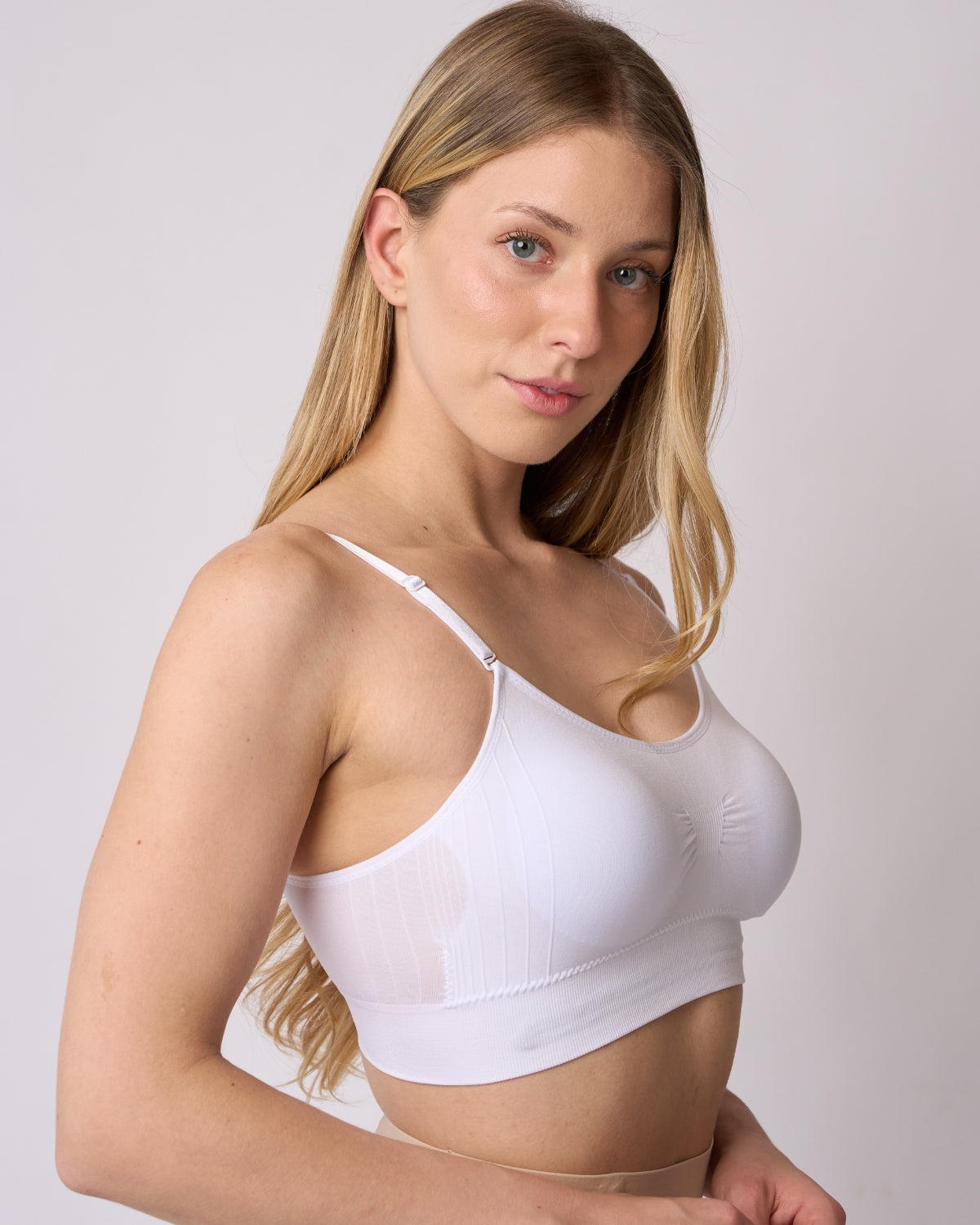
Leave a comment
This site is protected by hCaptcha and the hCaptcha Privacy Policy and Terms of Service apply.